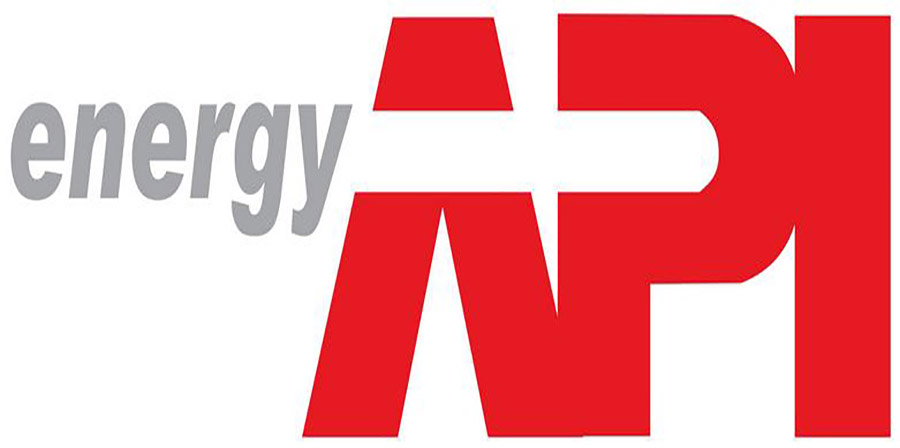Latest API SN Plus Advances at Engine Oil
The American Petroleum Institute’s Lubricants Group met in Detroit last week to discuss the new supplemental API “SN PLUS” engine oil category and when it will be implemented. API is proposing May 1, 2018, as a viable date to begin licensing products that meet the new designation, which will increase protection for small displacement, direct injected and turbocharged engines.
This summer the auto industry’s International Lubricants Standardization and Approval Committee had requested a launch date for these new oils of Jan. 1, 2018, that many in the oil industry could not agree to, given the incomplete status of the new Ford low speed pre-ignition test and normal API requirements for introducing a category upgrade. May 1 seems to be the earliest date that licensing can happen, based on API protocols. This date appears to assume that the remaining work related to testing can be completed within this time frame.
The Lubricants Group’s Nov. 9 meeting also reviewed a first draft document for the supplemental category as well as user language for the SN Plus designation, along with the suggested API donut design. Consensus on the API donut design was reached earlier. API will begin to prepare an official ballot for members to vote and authorize the new category and proposed timing, and to officially share any concerns related to deploying SN Plus in this time frame.
A discussion concerning consumer education and an API media campaign to explain the category also took place. This is a critical topic for stakeholders. As a result of the new category, the ILSAC “starburst” could be defined as API SN-Resource Conserving or API SN Plus-Resource Conserving, adding to consumer and service provider confusion. While marketers can still market API SN-Resource Conserving, many believe that all or the vast majority of marketers will rapidly transition to new SN Plus formulations because they will not want their products to be on the defensive regarding claims by competitors.
Cost of the new products may also impact when and if marketers transition to the new quality level. If most marketers transition, end users and installers will get the API SN Plus performance by default. For logistics reasons, marketers are unlikely to maintain both quality levels.
API’s Base Oil Interchange and Viscosity Grade Read Across work group also met in Detroit on Nov. 9 to review the status of the Ford LSPI test as well as the new or replacement tests for ILSAC GF-6, the next passenger car engine oil category upgrade. The LSPI test, which will become the Sequence IX, would need to be fully completed and BOI and VGRA guidelines in place to ensure timely deployment for the May 1 date to be practical for SN Plus. Infineum USA presented ideas to help with API SN Plus implementation, and discussed the key testing issues beyond the Sequence IX low speed pre-ignition test. The Sequence IIIG oxidation and deposit test, for example, is close to the end of its life and additive companies may be transitioning to the IIIH, which is now live but does not yet have BOI/VGRA guidelines in place. The Sequence VIE and VIF will replace the Sequence VID engine test for fuel economy, which is now obsolete and unavailable.
Infineum noted that without practical BOI/VGRA guidelines in place, there may not be enough test stand capacity to cover all the grades and base stock combinations needed in the market place. Not having these guidelines would also add a lot of cost for formulators to fully deploy their additive packages in all base stocks and viscosity grades of interest. For the Sequence IX low speed pre-ignition test, the BOI/VGRA matrix is ready to begin but waiting for all the test oils to be blended and approved, as well for stakeholders to approve the Memorandum of Understanding that releases industry funding. The proposal by Infineum would allow additive companies to do a small amount of matrix testing until final rules are in place. It is recommending a low-risk, conservative approach that would be more restrictive than the final rules expected to issue from the BOI/VGRA work group.
For the Sequence IIIH oxidation and deposit test, no proposal for base oil interchange was made; that’s consistent with the IIIG test, which does not allow for BOI today based on only one test.
However, Infineum did propose VGRA rules, consistent with other oxidation and deposit tests using sound technical judgment. For the Sequence VIE and VIF fuel economy tests, it proposed that industry either continue provisional licensing until BOI/VGRA guidelines are in place, or adopt rules consistent with those that have been in place for prior fuel economy tests. So progress was made, but it is clear that some remaining issues must be resolved to ensure agreement on how to manage the new and replacement tests, so that API SN Plus can move forward and the May 1 launch date can become a reality. May 1 is less than six months away, and additive companies and marketers have a lot of work to accomplish if marketers want to have a product ready to go for first allowable use.

